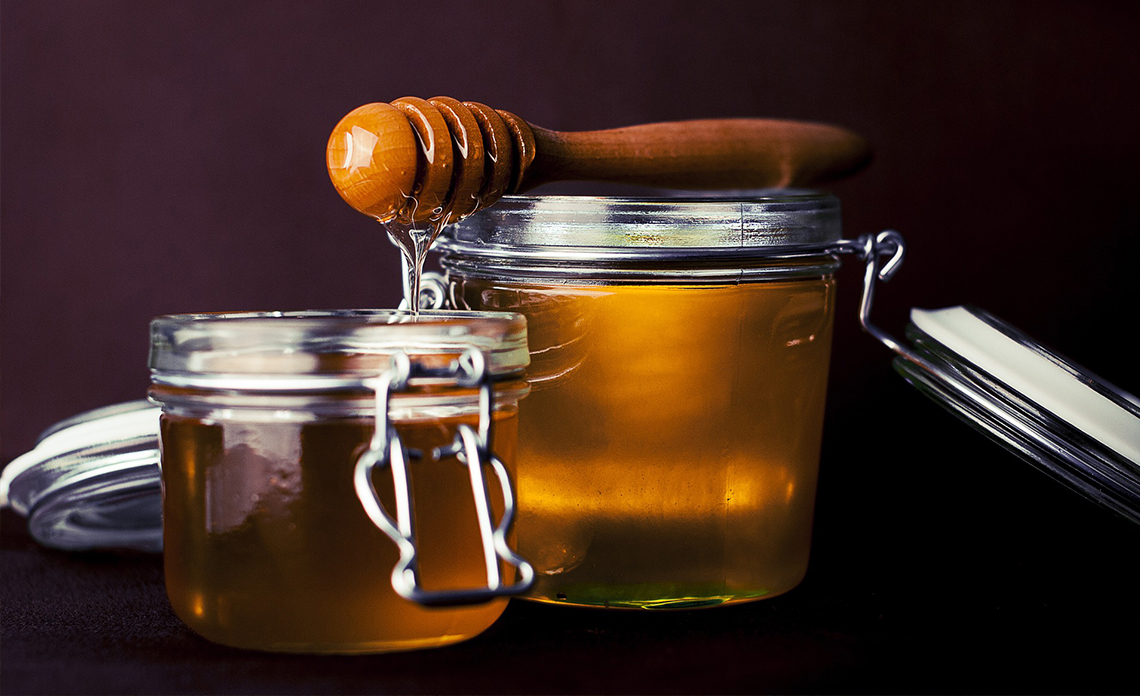History and symbolism of honey
Honey is a healthy and natural food appreciated by many people. Nevertheless, few people know the history and the symbolism of honey. Discover in this article the history of honey as well as its symbolic value for the human being!
Honey, a food which crossed the history
The term “honey” dates from the 10th century and comes from the Latin “mel”. Nevertheless, the consumption of honey is much older, the bee having appeared on earth 80 million years before. The relationship between humans and honey goes back more than 40,000 years. Indeed, remains of beeswax dating from this time were discovered in a cave in South Africa. Similarly, cave paintings showing interactions between hunters and bees have been found in the Khahlamba-Drakensberg Mountains. All these elements prove that honey was already consumed by Man in prehistoric times.
Present in Egypt at the time of the Pharaohs, honey was used to sweeten food as demonstrated by some Egyptian papyri dating back more than 4,500 years. An urban legend states that the “honey of the pharaohs” dating back two thousand years would still be edible. It is true that jars of honey were found in the tomb of Tutankhamen but their contents had disappeared many years ago.
In ancient times, honey was a food used by most people around the world. They also used it as an ingredient to heal wounds and beautify the skin. Since that time, honey has enjoyed a high reputation in medicine and is considered to be an antiseptic agent against infections and a treatment for pimples, warts, etc. It was also widely used during the first and second world wars to accelerate the healing of soldiers’ wounds.
The strong symbolic value of honey
The symbolic value of honey is not negligible. Common food to all civilizations, honey is an important symbol of ancient cultures and religions that generally represents pleasure, sweetness, truth and knowledge.
Honey was often used in medicine. It was considered an elixir of life capable of healing wounds since the time of Ancient Greece. It was also used as food for the gods of Olympus and the Greeks used to prepare cookies with this food to give them as an offering. For example, Dionysus, the son of Zeus, is said to have been fed exclusively with honey and goat’s milk.
Honey was also used to embalm the dead by the Egyptians. For the latter, it would come from the tears of the sun god Ra. Hieroglyphs featuring honey have been discovered in the pyramids. This shows the importance of this food in the daily life of the Egyptian people.
Finally, the symbolism of honey is found in the ancient monotheistic religions. In Judaism, it is a symbol of sweetness. Honey is also found in Christianity. John the Baptist is said to have fed on wild honey and Samson found some in the carcass of a lion. In one of the passages of the Bible, the speech of God is compared to honey. Moreover, “the promised land” evoked in the Christian traditions would be a place where men could find milk and honey in abundance. Finally, in Islam, rivers of honey would be present in paradise.


